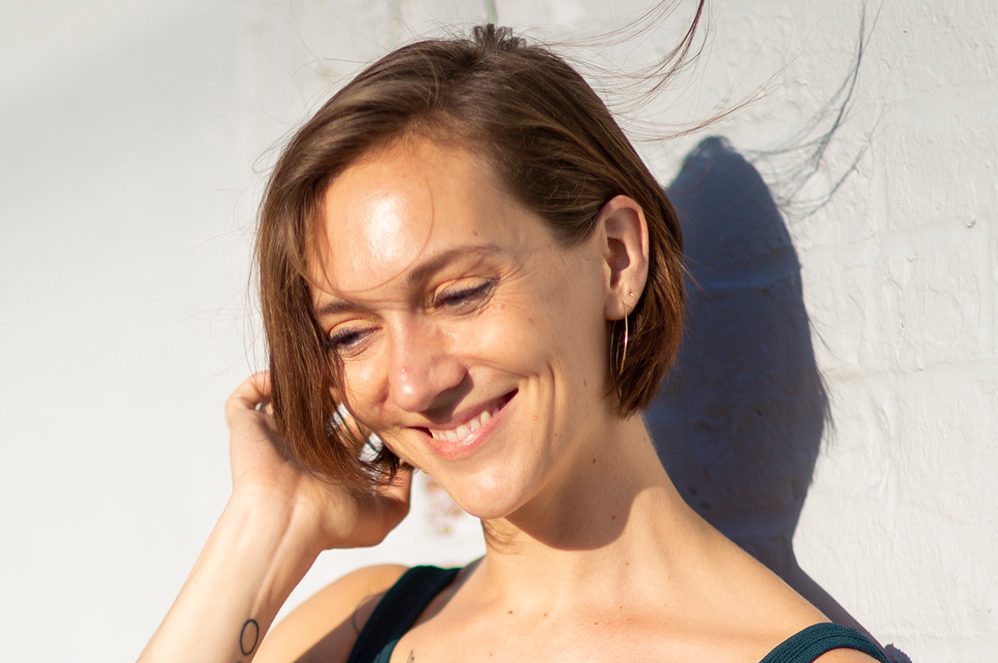James Acaster’s Guide to Quitting Social Media presents itself as a “how-to” or “self-help” manual. But it’s actually a 272-page stand-up comedy special. It’s no surprise that a stand-up comedian would write a comedy book — indeed, this is Acaster’s third trip to the literary well — but it’s nevertheless striking how fully the Kettering-born joker commits to the routine this go-round.
His new Guide to Quitting Social Media reads like it was meant to be performed on stage. It’s a return to the signature style Acaster became known for following his breakout special Repertoire in 2018. The Netflix collection was filmed in one week and features four distinct, one-hour comedy routines that build upon and call back to each other. Each part begins with a ludicrous comedic premise that is slowly unraveled and expanded outward, before eventually revealing the semi-serious kernel of personal conflict or answer-seeking driving the contrived narrative.
His new book operates in much the same way. Each chapter takes up a characteristic of social-media life — following the news, making new friends, arguing with strangers — and features an ever-evolving mythos of how Acaster, along with a ragtag group of fellow internet detoxers, learned to compensate for such things in the “real world.”
The reader should get a pretty good indication of what he is in for from the jump: “Outside of Tom, I was the first person to join MySpace,” Acaster claims in the book’s first sentence. And the story starts out almost believable enough, introducing a relatable experience of the early attractiveness of finding new “friends” on social media platforms. Yet as the parable goes on — in this case, what originally appeared communal and worthwhile on digital social-media platforms soon becomes a crushing prison of fake interpersonal obligation and negative emotional incentives — it quickly spirals into an obvious howler of an alternate-timeline fan fiction of 2003-era internet and Acaster’s imagined place in it. This was a pattern I found myself being lulled into more than once as the book went on: brief moments of near-believability, where Acaster makes things just relatable enough to trick you back into following along, before blowing the doors yet farther open in service of abstract japery.
Many of these topics and their chapters, including that opening one, are truly hilarious. I also appreciated how Acaster plays his pretend curatives for various social-media brain maladies for laughs instead of offering the self-important, eye-rolling, would-be “advice” so common in the social-media-is-rotting-our-brains genre. At times, the comedic coating even borders on insightful, as in Acaster’s treatment of celebrity deaths, which skillfully lampoons how internet behavior regarding the deaths of famous people would look if you tried to act the same way in the actual world.
Yet some of these topics overstay their welcome, sometimes greatly so. This is the great drawback of writing a book as a stand-up routine. At a stand-up show not every audience member will like every joke in the set: that’s just part of the gig. But seasoned comics performing in front of an audience can sense when the mood in the room is shifting; if a bit is bombing, they can pull out and move on to another. This is unfortunately not the case with a book, where you are stuck with however many pages are left in a joke before the author is ready to move on.
Nevertheless, I still applaud Acaster’s willingness to write a book designed to read like a comedy routine. This is, after all, quite rare these days. Hell, most comedians don’t even try to do comedy at their stand-up shows anymore. Highlights from a “Best Comedy Books of 2022 (so far)” article from Vulture include a number of latest releases from a typical grab-bag of aging comics (Molly Shannon, Bob Odenkirk, Judd Apatow and such); two different books written by apparently “prolific satirist” Mike Sacks (selling for a combined grand total of $6); a mock-Dale Carnegie-style self-help book written by Sarah Cooper, a name you might be familiar with if you were on Twitter for about four months in 2017; and Ten Steps to Nanette by comedian Hannah Gadsby, a memoir-cum-deconstruction of her viral stand-up show, Nanette. You could be forgiven for finding your sides unsplit.
Acaster himself shifted up his comedic style and stand-up persona in a recent special, Cold Lasagne Hate Myself 1999, which he self-released on Vimeo last year. In it, he is much more political, more open about his own life and recent crises, and markedly combative and hostile. It is an interesting tonal shift for Acaster, something he admits in the special he does not enjoy doing typically but felt necessary for the circumstances and that specific material.
Thus, I was intrigued to see the return of a more Repertoire-like Acaster in his new book — not simply because that is the style of his I prefer, but because it signals that one of the most idiosyncratically creative comedians in the industry has not stopped exploring where he might want to go. We comedy fans are the better for it.
This article was originally published in The Spectator’s November 2022 World edition.

























